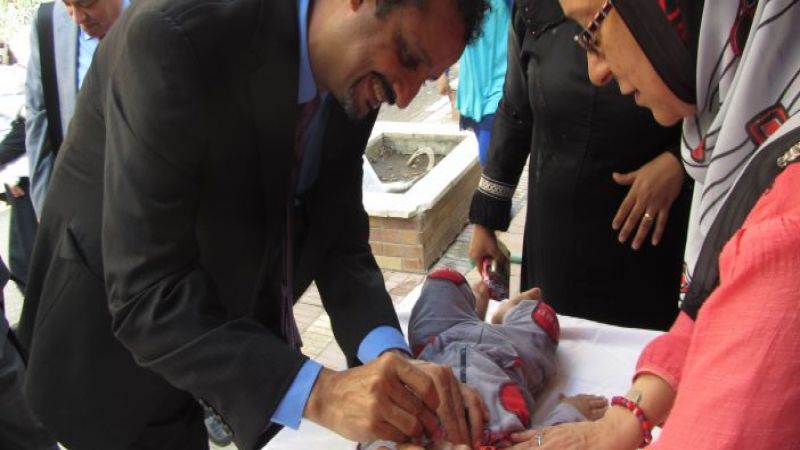
By Cornell Holland
In October of 2016, a Saudi-led airstrike targeted a funeral in Sana’a, the constitutional capital of Yemen, killing almost 150 people. The short-lived ceasefire was over and the violence, which has seen more than 10,000 people killed since 2015, continued.
War between Houthi revolutionaries … and resigned President Abd Rabbu Mansour Hadi’s forces, as well as the heavy presence of terrorist groups occupying vast swathes of the nation, has resulted in the death of at least 5,000 civilians since 2015. This fighting, as well as the Saudi-led coalition’s blockade, has produced such extreme levels of hunger that the UN recently declared that 80 percent of Yemen’s child population is in need of aid, with an estimated two million children facing severe malnutrition.
Amidst the bloodshed and growing famine, it is hard to imagine life becoming any harder for Yeminis. Yet, in the same month of the Sana’a funeral bombing, the Ministry of Public Health and Population confirmed additional fears by announcing an outbreak of cholera.
Fairly common diseases in Yemen include hepatitis, typhoid and malaria. However, cholera poses a completely different type of threat. Cholera is a diarrheal disease and is contracted through the ingestion of contaminated water. Once infected, symptoms can begin within a matter of hours. Severe diarrhea and vomiting quickly lead to fatal dehydration.
Swift treatment with intravenous fluids and antibiotics can help save cholera victims. Tragically, such treatment is found wanting in Yemen.
Ultimately, there should be no reason for cholera to present a greater risk than other common diseases in Yemen, and while high temperatures and heavy rain exacerbate the problem, the epidemic can overwhelmingly be put down to the pervasiveness of the war.
The ongoing conflict has seen a tremendous amount of destruction of infrastructure. Critically, this includes water and sanitation facilities. The extent of this damage has left up to 16 million Yeminis without ready access to safe drinking water.
To make matters worse, the widespread destruction has crippled Yemen’s health system, leaving only a small number of medical facilities in operation. Those who remain working in healthcare have now gone unpaid for almost a year, and hope is running out. The World Health Organization (WHO) last month reported that the cholera death toll had reached more than 2,000.
Help is arriving in different forms. The WHO has begun to pay doctors and nurses to treat cholera patients. Additionally, the WHO is receiving funding from the World Bank to assist in setting up treatment centers around Yemen. The goal has been set of providing 5,000 beds, with round-the-clock treatment. The WHO has cited a decrease in fatality rate since the emergency response has been stepped up and is confident the fight is making progress.
Still, in the absence of clean water and sanitation systems, it is hard to foresee a definitive end to the epidemic. While the war rages, cholera and other common diseases in Yemen are gifted the ideal environment to spread. Some degree of peace must be achieved before the danger of cholera is eliminated.
Source: News Agencies, Edited by Website Team